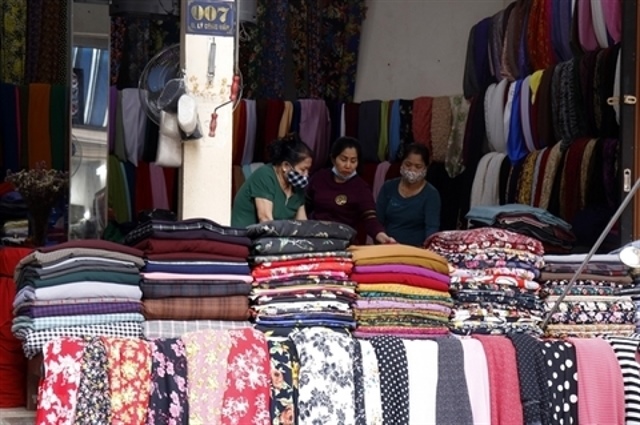Depreciating dong won’t bring a miracle
Depreciating dong won’t bring a miracle
The State Bank of Vietnam puts high hopes on the one percent depreciation of the local currency it made in late June. However, economists believe that one should not be too optimistic about the move.

On June 27, the State Bank of Vietnam officially announced the depreciation of one percent of the dong, the move the public expected for a long time, even though the central bank’s officials many times denied any possible exchange rate adjustment.
With the new decision, the greenback has become more expensive, while the dollar deposit interest rate has been lowered to 0.25 percent per month. The move is hoped to be “one stone which targets many different goals.”
It is believed to prompt people to stop hoarding dollars, because it is less profitable to deposit dollars than depositing dong. It would also make it more costly for foreign investors to withdraw foreign currencies out of Vietnam, thus helping stabilize the foreign currency market and boost export.
The benefits are visible, but…
The Japanese government has devaluated the yen by 25 percent in an effort to stimulate export and the economic growth and help the economy recover from the prolonged stagnation.
Some analysts have compared the Japanese case with the Vietnamese latest exchange rate adjustment, hoping that the move would have positive impacts on Vietnam’s export.
Nevertheless, Dr. Le Dang Doanh, in an article on Nguoi lao dong, wrote that Vietnamese conditions are quite different from Japanese, therefore, the same solution would not bring the same effects to the two economies.
In Vietnam, 65 percent of total export turnover has been made by foreign invested enterprises, while domestic enterprises can contribute 35 percent only.
Meanwhile, foreign invested enterprises just assemble products in Vietnam for export because they can take full advantage of the Vietnamese cheap labor force. Samsung Vina, for example, imports 100 percent of accessories from China to assemble smart phones in Vietnam.
This means that the added value of the smart phones made in Vietnam account for just 10 percent of the total $12 billion worth of export turnover of the South Korean invested enterprise.
Similarly, the added value of the footwear and garment products made in Vietnam accounts for just 70-75 percent of the total value of the products.
The local currency devaluation would have certain positive impacts on the export of farm, forestry and seafood produce; the ones which have high localization ratios. However, Doanh believes that the impacts would not be big.
Meanwhile, he has warned that the exchange rate adjustment would have negative impacts on the inflation, because Vietnam has the high ratio of imports on GDP, at 90 percent of GDP some years.
Another 1 percent adjustment?
Some experts believe that the dong can be depreciated by another one percent, but they have warned that the further depreciation would bring risks.
After the exchange rate adjustment was made on June 27, the dollar price has been increasing sharply in recent days. Commercial banks have all quoted the selling dollar prices at the ceiling levels. Meanwhile, the dollar mobilized capital has been on the decrease due to the sharp fall in the dollar ceiling interest rate.
Bankers say the State Bank of Vietnam has not sold dollars over the last month. Therefore, the dollar supply now completely depends on the sale from export companies. Meanwhile, people don’t sell dollars to banks, because they can sell dollars on the black market at the prices which are VND200 per dollar higher than the prices quoted by banks.
vietnamnet

























